We caught up with the brilliant and insightful Nicole Cotten a few weeks ago and have shared our conversation below.
Nicole, looking forward to hearing all of your stories today. Let’s start with what makes profitability in your industry a challenge – what would you say is the biggest challenge?
I am my own profitability challenge. Sometimes a book restoration job will come in that I know will produce excellent before and after photos for my portfolio, sometimes it will be a book that has the most heartwarming family story, and sometimes I’ll connect really well with the client, all of which tempts me to lower my prices to make sure the job gets approved. The same impulse comes up when people tell me they’re going to keep looking because the price was higher than they expected. But I have to remember to value my time and stay consistent with my custom pricing system. All the years I put into learning and practicing this trade should be accounted for, as well as all the previous jobs that caused problems during treatment and how I took the extra time to learn to work with those difficult materials. My experience will keep adding up and keep making me better at what I do. My material costs are also reasonably low. It all comes down to time management, which can be a little too easy to underestimate.

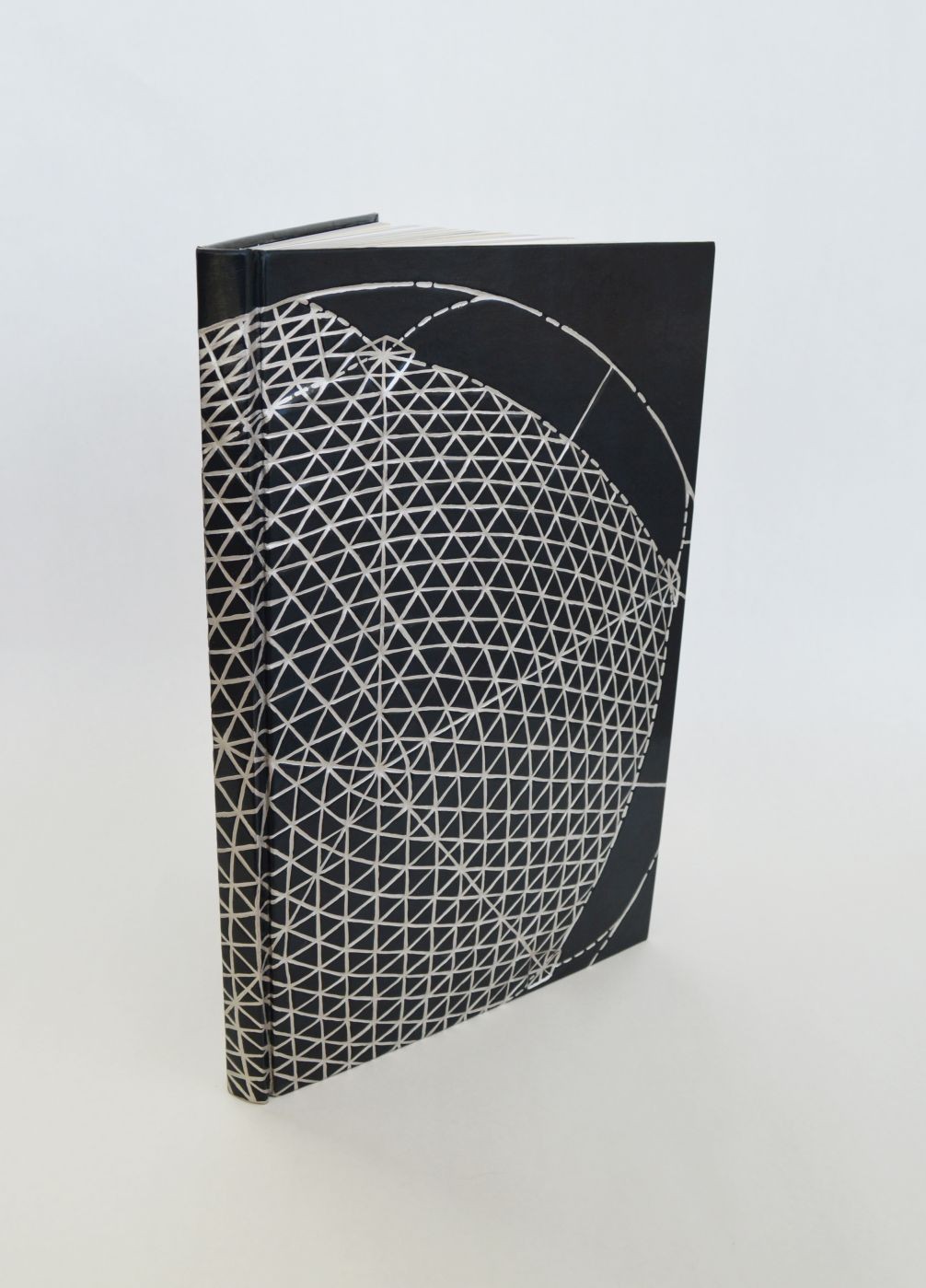
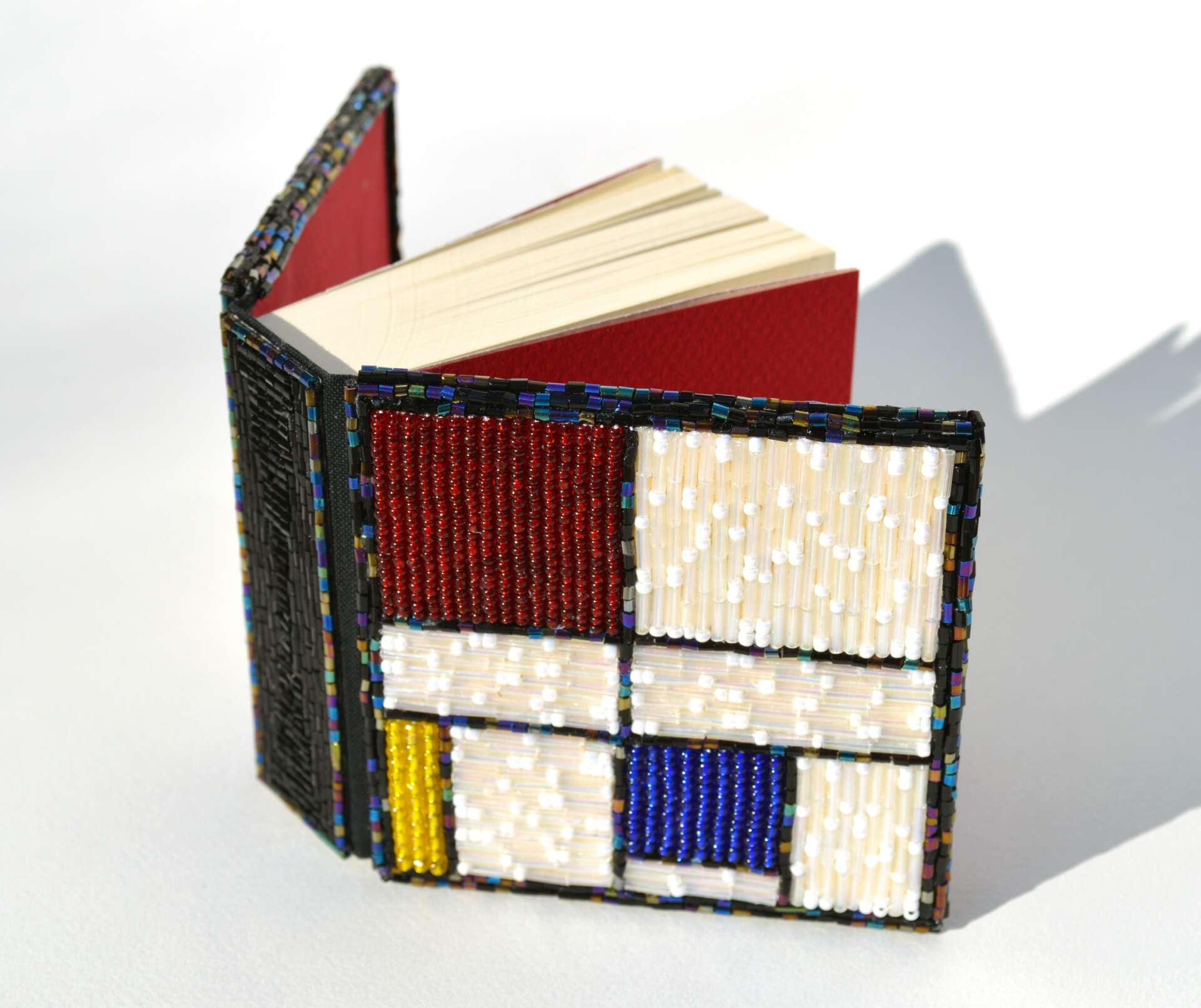
Awesome – so before we get into the rest of our questions, can you briefly introduce yourself to our readers.
I own my own book restoration and custom binding business called The Fore Edge. I work from my home studio, which means half of my garage and what used to be a dining room. But who needs a dining room when you can have a bookbinding studio instead? I make all kinds of books from historical structure studies, to classic sketchbooks/journals, to unique exotic leather book creations. I always enjoy a good box-making challenge too. I was introduced to bookbinding while I was working toward my BFA in painting. I signed up for a summer study abroad class, but before we left, our instructor taught us how to make our own sketchbooks to fill throughout the class. Making one book was enough to get me hooked. I must have talked about book structures so much that a coworker introduced me to master bookbinder Helmut Fricker. I completed a full summer apprenticeship with him, finished my bachelors, then went on to earn an MFA in book arts. After I graduated, I worked for an art restoration business before launching my own in 2020. Helmut retired this year, and I bought his business to merge with my own. The bookbinding community is small even compared to other art fields. But what sets me apart still is my background in drawing and painting. This has been a huge asset for finetuning my cosmetic treatments, but it also puts me in an ideal spot for studying and creating hidden fore edge paintings. Libraries have kept these a secret for far too long, and I’m excited about their future potential in the art world.
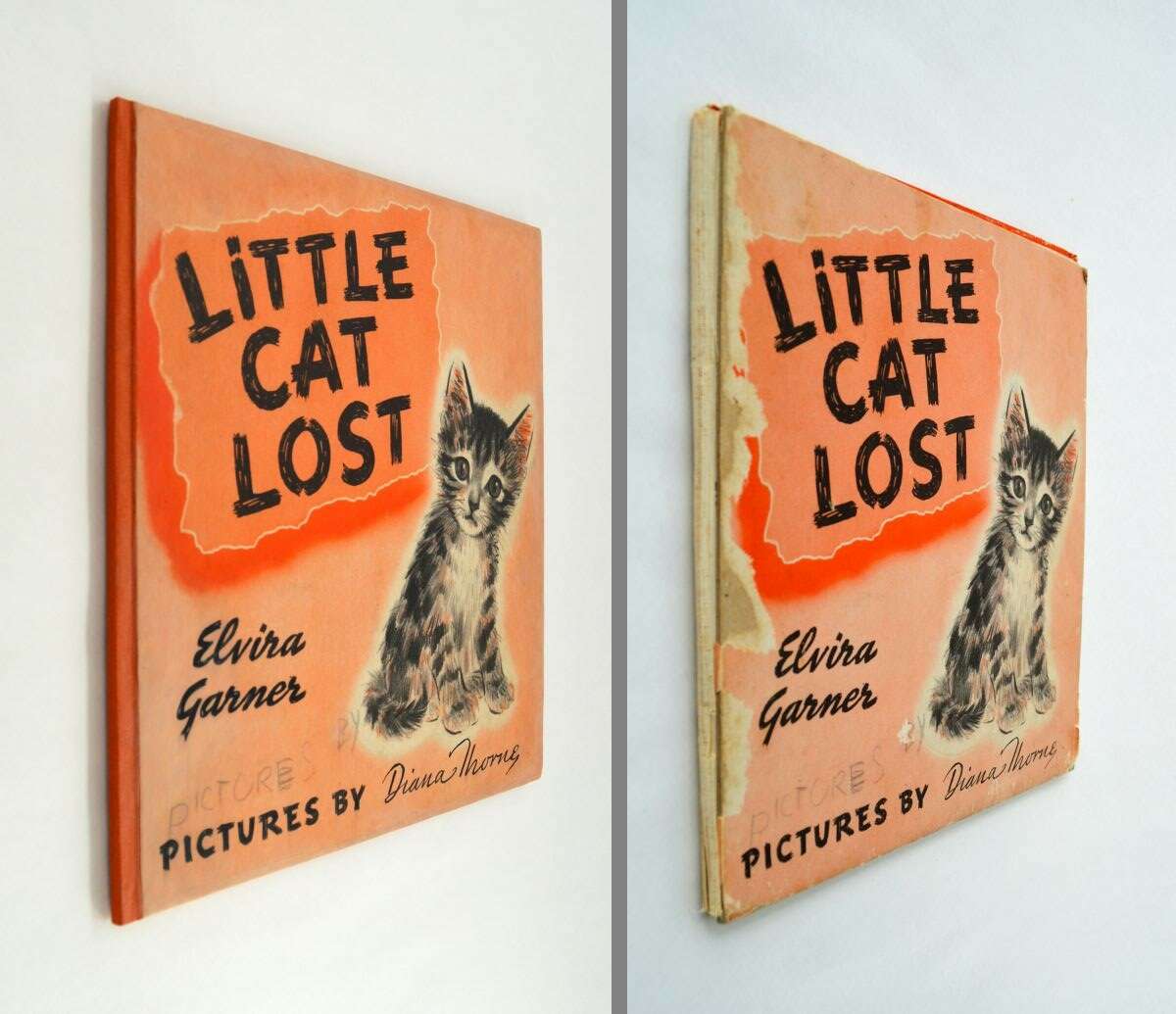

We’d love to hear the story of how you turned a side-hustle into a something much bigger.
I always knew that working for myself was my best option. I’ve never been a very docile employee when it comes to creative jobs under corporate decision making. But I was hesitant to make the jump into working for myself fulltime. The business side was too intimidating. After I finished my masters and started working for an art restoration business, I took on non-competing book restorations from personal referrals here and there and worked on them over weekends. I also took a night class for new small businesses. The class was extremely helpful for organizing my ideas and gave me the confidence to file for an LLC. I was laid off when everything came crashing down at the beginning of 2020. I looked and applied for other jobs for months before I fully understood that I didn’t want any of those jobs. The job I wanted wasn’t out there, I had to make it. So I committed to my own business. I sent out post cards to random addresses (which never led to anything), I put weeks into building my website and understanding what SEO was, and I started making lists of other people and businesses to connect with. For me, it was necessary that I was able to start slow and build a business I could run from my own home. It’s been slow and steady growth, I didn’t try to figure everything out all at once. My biggest milestone was buying my mentor’s business this year, which started with a nine-year-old promise and a handshake. Even this accomplishment was something I’ve been building up to for almost a decade.
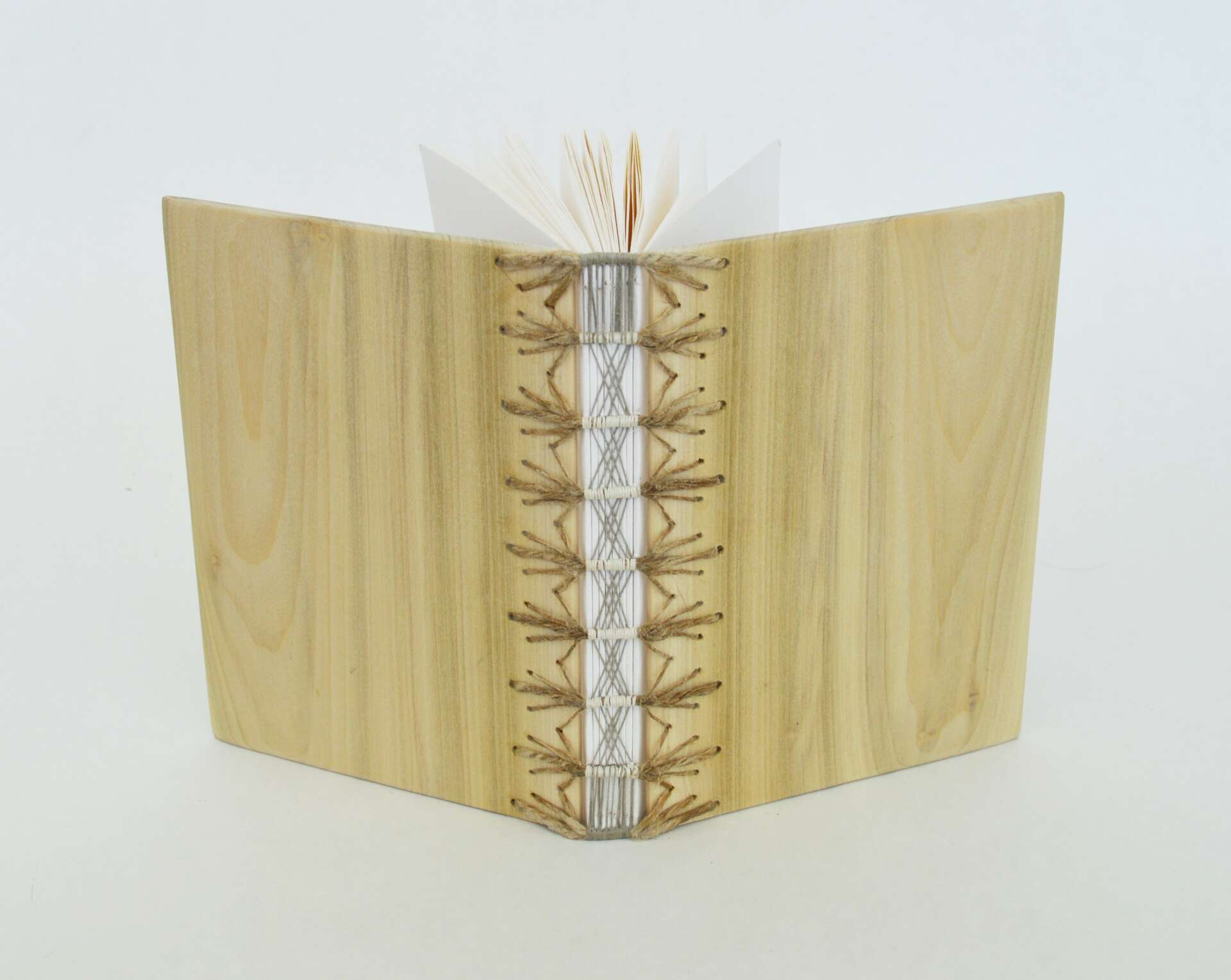
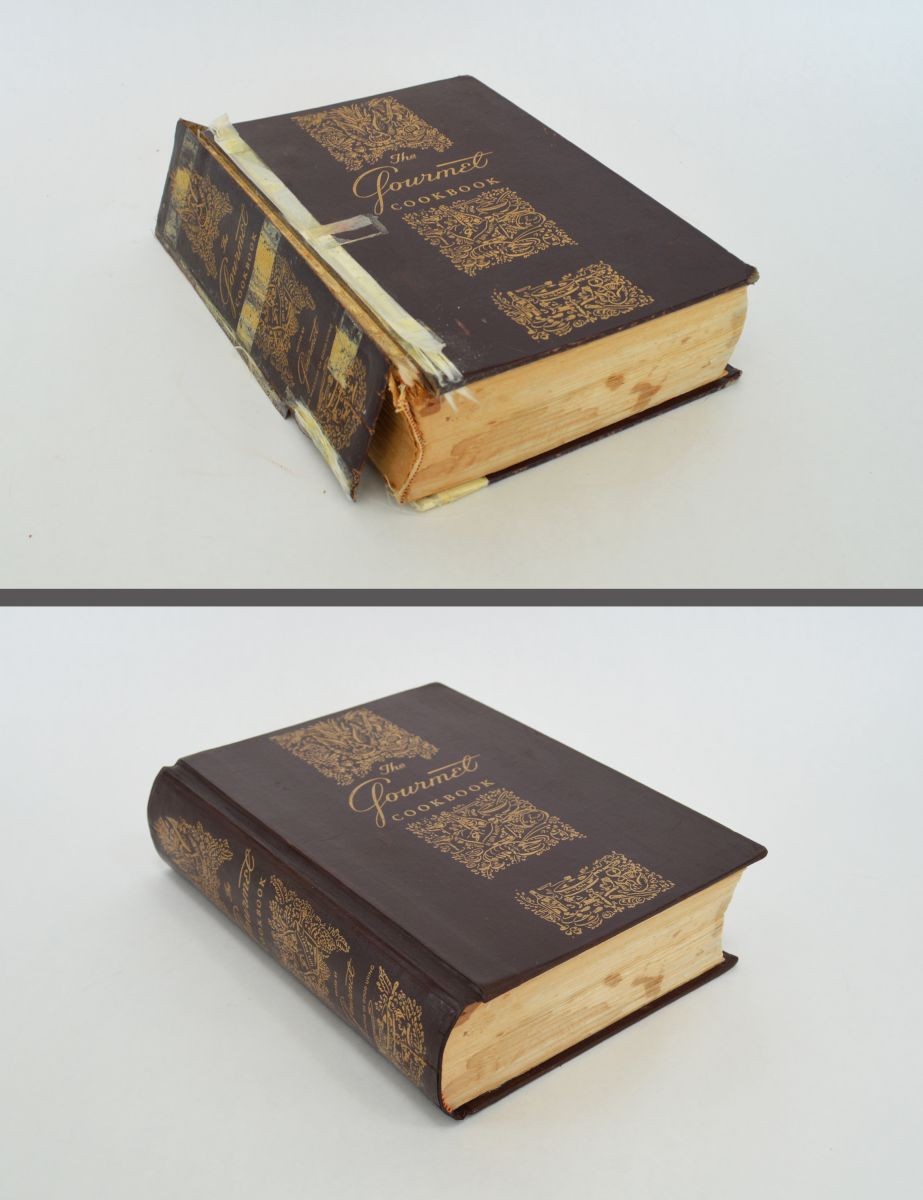
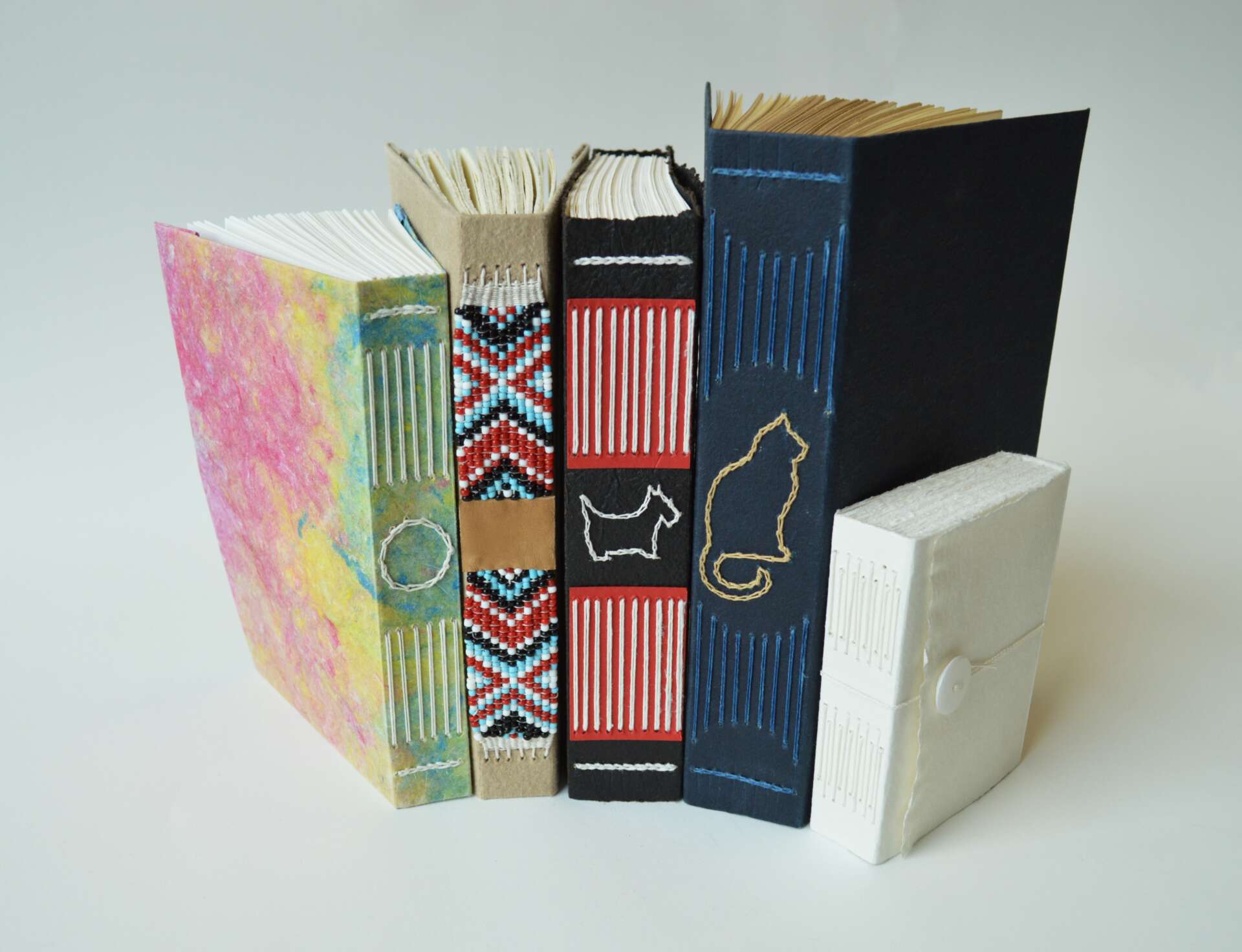
How’d you build such a strong reputation within your market?
Honestly, I’m still working on building my reputation. Even though my field is small, reputation is everything. I get more jobs from word-of-mouth and in-person connections than any other source. I’m an introverted creative, and all I want to do is make books. Connecting with new people has never been my forte. But it is so important! It takes a lot of energy from me, but I never regret pushing past my comfort zone and networking with the right people. Just a few days ago while I was already out, I popped in and talked to two small bookstore owners about restoration possibilities. I got a new call by the end of the day. The other important aspect of building reputation is being confident in what I do and my ability to get the work done well. Being a female business owner, some people like to test me. Most of the time I can let photos of my work speak for itself. I try my best to be straightforward with my answers so they know exactly what to expect. Even if there is a more experimental treatment being proposed that may or may not produce ideal results, I make sure to tell people that.
Contact Info:
- Website: https://www.theforeedge.com/
- Instagram: @theforeedge
- Facebook: https://www.facebook.com/theforeedge
Image Credits
All photos are my own.


